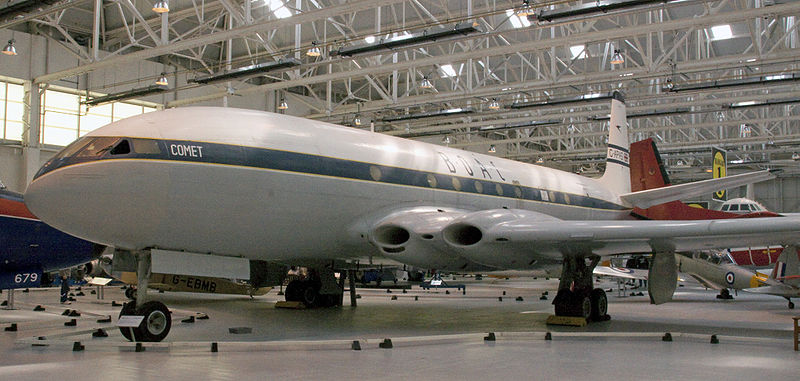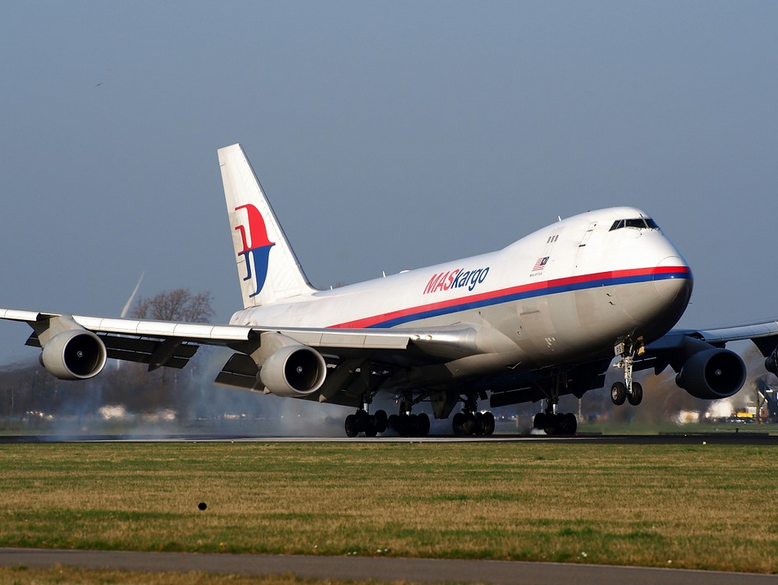Two Celebrations: One Golden, One Diamond

De Havilland Comet: The First Transatlantic Passenger Jet

Boeing 747
Over the past week we observed the 50th anniversary of the roll-out of the first Boeing 747 (September 28, 1968) and the 60th anniversary of the first transatlantic passenger jet flight (October 4, 1958). The transatlantic passage was flown on a De Havilland Comet (see top picture). Check out FlightRadar24’s blog post on it. The Comet was significant for being the first passenger jet aircraft. It also holds the dubious distinction of being the aircraft that taught the commercial aviation industry a hard lesson about metal fatigue. Three times over the course of 1953 and 1954 a Comet literally broke apart in mid-air resulting in the deaths of all aboard. Subsequent investigations proved the cause was metal fatigue resulting from repeated pressurization/depressurization cycles. Aircraft design techniques were changed (e.g., use rounded windows instead of square ones) including a later version of the Comet that flew the transatlantic flight. De Havilland, however, never fully recovered from the early incidents.
Boeing, however, had waited in the wings instead of charging ahead with the development of a passenger jetliner. The company’s hesitancy to invest in the new paradigm paid off handsomely. Boeing’s first passenger jet, the 707, incorporated the lessons learned from the Comet accidents and was a huge success. Then, a mere 10 years after the first transatlantic passenger jet flight, Boeing rolled out the 747. A mere glance at the two aircraft reveals the enormous design differences. The 747 went on to become the ‘Queen of the Skies.’
For more details on the early Comet incidents, check out the BBC’s article on “The Crashes that Changed Plane Design Forever”. 747 development was not without some of its own drama as is described in an excellent article at Bloomberg: “Boeing’s Iconic 747 Turns 50: A History in Pictures.”
